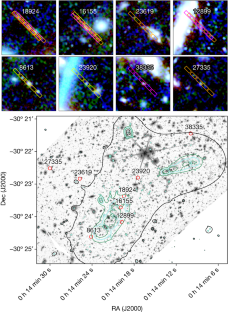2024-02-28 オークリッジ国立研究所(ORNL)
<関連情報>
- https://www.ornl.gov/news/scientists-discover-super-sensor-smallest-scales
- https://pubs.acs.org/doi/full/10.1021/acs.nanolett.3c01710
超高感度光熱分光法: ゼーベック効果を利用したアトグラムレベルの検出 Ultrasensitive Photothermal Spectroscopy: Harnessing the Seebeck Effect for Attogram-Level Detection
Yaoli Zhao, Patatri Chakraborty, Ali Passian, and Thomas Thundat
Nano Letters Published:August 14, 2023
DOI:https://doi.org/10.1021/acs.nanolett.3c01710
Abstract

Molecular-level spectroscopy is crucial for sensing and imaging applications, yet detecting and quantifying minuscule quantities of chemicals remain a challenge, especially when they surface adsorb in low numbers. Here, we introduce a photothermal spectroscopic technique that enables the high selectivity sensing of adsorbates with an attogram detection limit. Our approach utilizes the Seebeck effect in a microfabricated nanoscale thermocouple junction, incorporated into the apex of a microcantilever. We observe minimal thermal mass exhibited by the sensor, which maintains exceptional thermal insulation. The temperature variation driving the thermoelectric junction arises from the nonradiative decay of molecular adsorbates’ vibrational states on the tip. We demonstrate the detection of photothermal spectra of physisorbed trinitrotoluene (TNT) and dimethyl methylphosphonate (DMMP) molecules, as well as representative polymers, with an estimated mass of 10–18 g.



